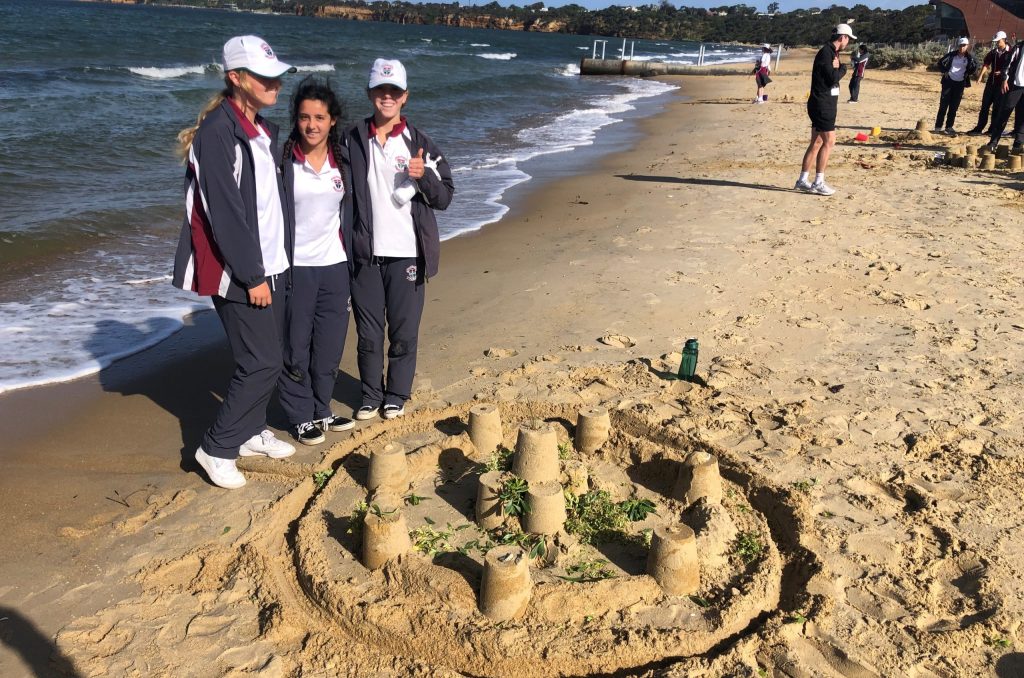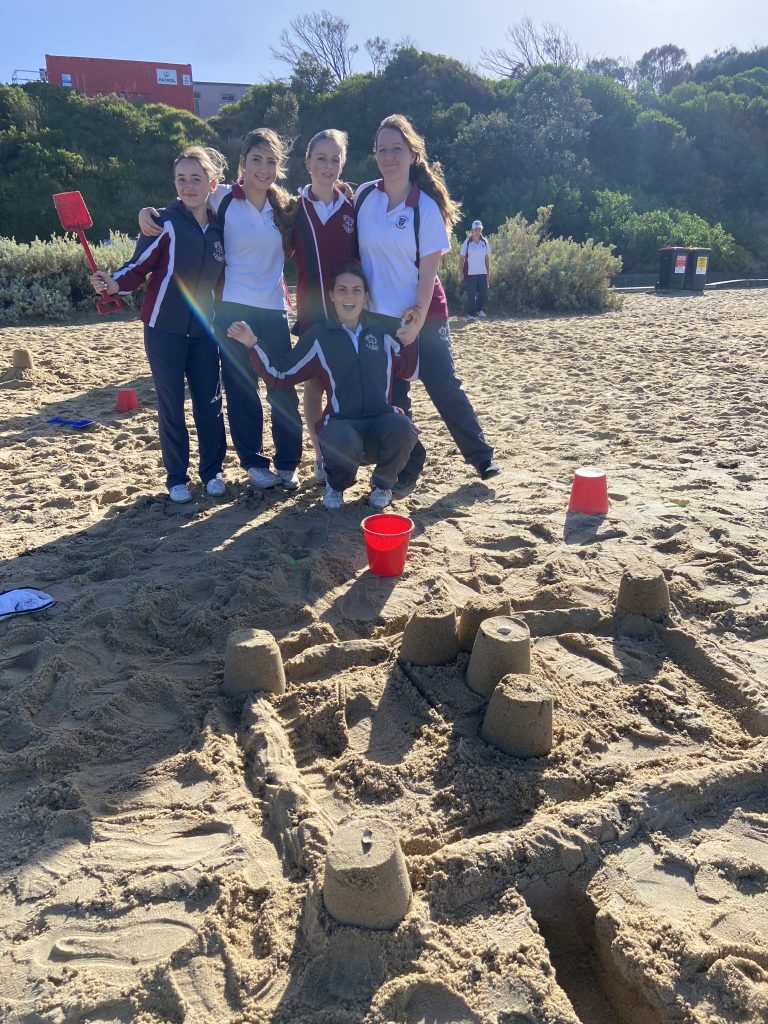Health and Physical Education
We are into Week 9 of the term and students have already been exposed to a wide variety of physical activities. At the College, students are encouraged to participate in lifelong physical activity and as such, the number one most important thing to do is to enjoy it. Having fun whilst participating in physical activity increases motivation and the likelihood of increased levels of exercise. Many of our junior Physical Education classes began with an assortment of minor games that are designed to allow students to form relationships through sport and address a variety of different strategies and tactics.
Year 7 – URStrong
Year 7 students have been taking part in a fabulous new health program, URStrong. This term the students began looking at ‘Friendology’, unpacking what a healthy relationship looks like. It is quite a challenge to realise that friendships don’t need to always be perfect and that there are peaks and troughs to each relationship. They have discussed the importance of good communication and how that helps build trust. We have shared a range of practical strategies that will ideally provide them with the tools and confidence to make healthier decisions in their friendships and put out ‘Friendship Fires’ in a respectful way.
Year 10 – National Physical Activity Guidelines
In other news the the Year 10 students have begun looking at the National Physical Activity Guidelines in health where they learn about the recommended amounts of physical activity and limits on sedentary behavior. Many students find it hard to meet these guidelines, with many admitting they don’t quite meet these two in particular:
- Screen time during childhood can have long-term impacts on a child’s development. For children and young people, we recommend no more than two hours of sedentary recreational screen time per day. This does not include screen time needed for school work.
- Children and young people should aim for at least 60 minutes of moderate to vigorous physical activity per day involving mainly aerobic activities that makes their heart beat faster – more is better!
In order to help them reach these guidelines students have been partcipating in a range of recreational activities that, in adult life, require very little planning, equipment or cost. Embracing the enablers in our physical environment has been a focus with classes walking down to Mentone Beach for some ‘Ultimate Frisbee’ or even sandcastle building competitions, as well as taking the bus to Mordialloc Beach to take part in some beach volleyball. Much fun is being had by all!
Year 11 – St Kilda Football Club
Next week, our Year 11 Physical Education classes will head over to the St Kilda Football Club facilities as part of our partnership with the club. Students will engage in ‘The Elite Energy’ session with added injury prevention content in a high-performance environment.
Daniel Kelly
Learning Leader: Health and Physical Education
Fit for Life
In Year 9, we were given the opportunity to select Fit for Life as one of our electives. In this class, we have learnt all different types of experiences in physical activity like social, health and fitness, cathartic, aesthetic, competitive, recreation, vertiginous and ascetic.
This term, in Fit for Life, we have been given the opportunity to go out of class and explore different types of activities. As a class, we went for a walk (social), went to the gym for a Body Balance class (health and fitness), did boxing as a class (cathartic), did trampolining at a gymnastics centre (vertiginous) and played a game of badminton (competitive).
Cleo Ruthven
Year 9




